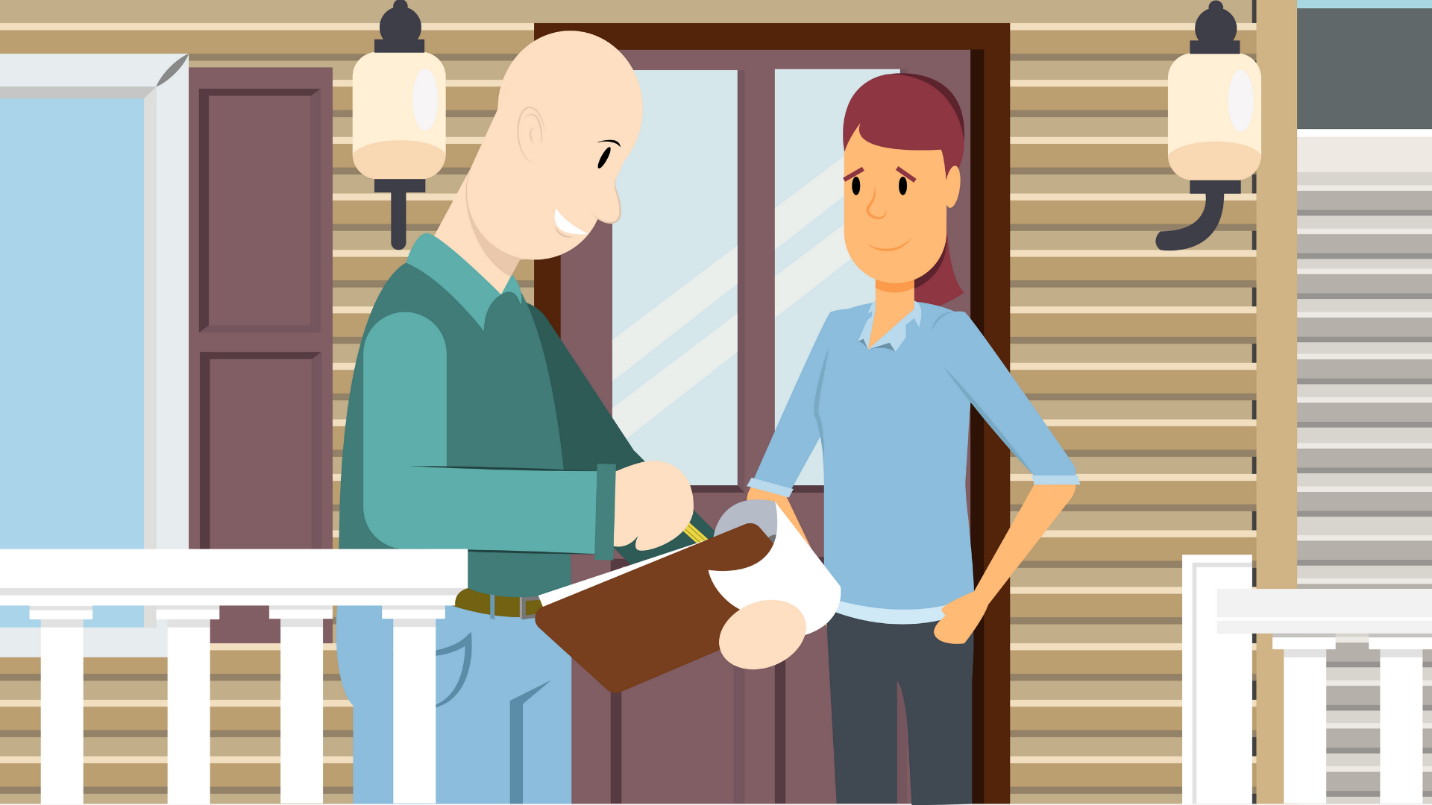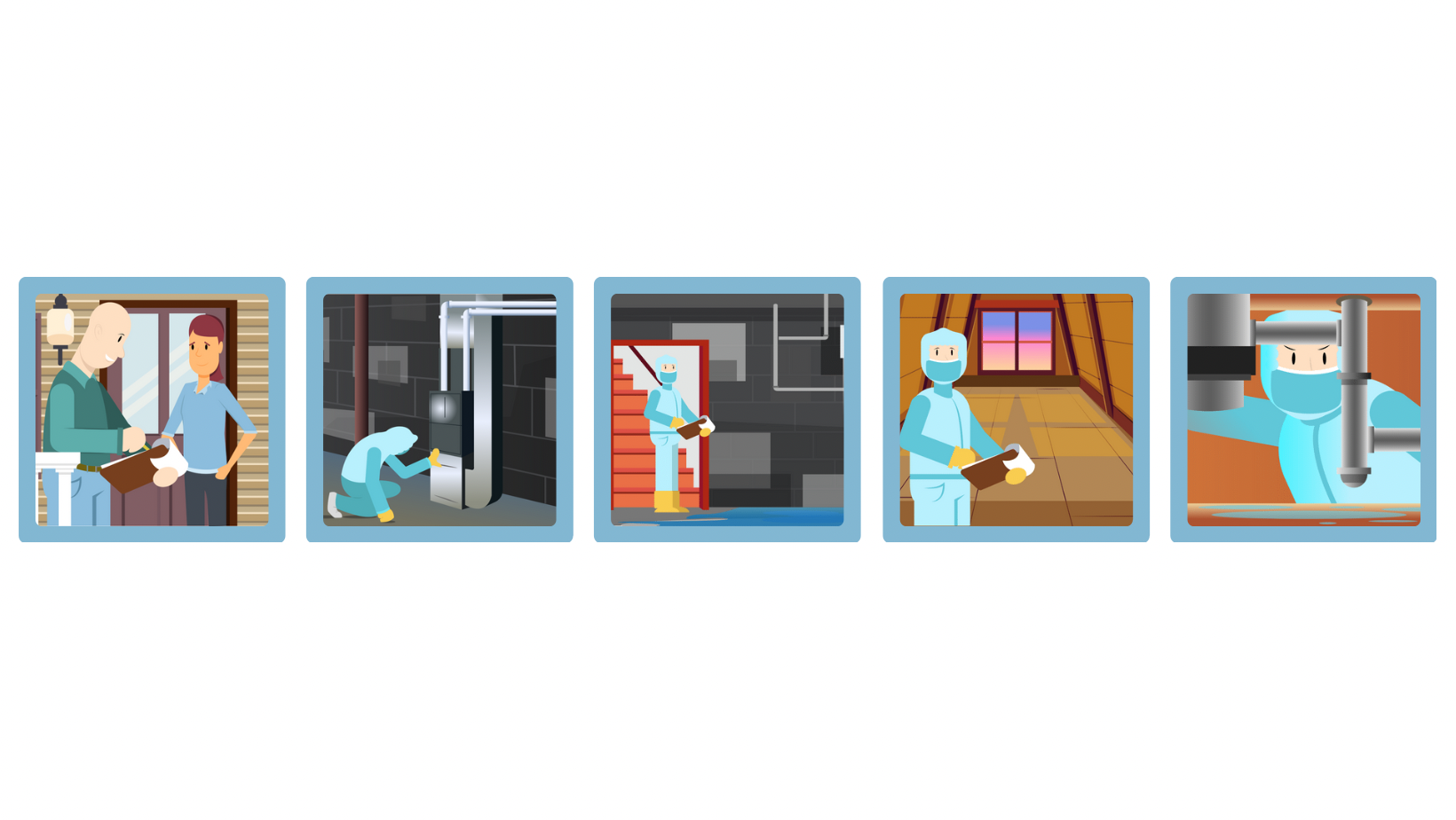The Millers – Part 3

Part 3: The I.E.P.
Sarah’s coffee sat untouched, growing colder as she bounced from website to website. She typed in every conceivable combination of words like mold + water damage + health + musty odor + sick + help.
After a long list of clicks, Sarah began to notice a pattern emerging.
It was clear there was a great deal of contradictory information—and even a lack of consensus among professionals—on how best to safely eliminate mold and water damage.
As she scrolled from one news story to another, Sarah realized that this indoor contamination was more common than she initially thought. Of course, there were stories of large-scale events like floods or hurricanes, but there were also stories of individuals and families suffering from slow, hidden leaks. These stories showed the financial burden, the chronic illnesses, the improper inspections, and the failed remediations.
But it was the story of a young girl, not much older than her son, Sam, that made her pause. The girl experienced a slow downward spiral after living in a home with hidden mold. That girl sounded just like Sam.
Sarah knew she needed help. The right help. But who?
She forced herself to finish reading the story about the young girl. Near the end, it mentioned how the girl’s family eventually hired an Indoor Environmental Professional (I.E.P.) to investigate the home and locate the hidden water damage and contamination.
She wondered if that was the right kind of help they needed. Sarah opened her laptop once more, except this time she was searching for a local I.E.P. – one who truly understood the impact mold and water damage could have on a home and the people living in it.
Two weeks later, Sarah listened in shock as the I.E.P. went over his inspection report and test results from the prior week. Not only did he find significant water damage and mold growth in the basement, but he also found two other problematic areas throughout the home.

His investigation had been thorough. Very thorough. There wasn’t a cabinet, closet, nook, or space he didn’t look at. He checked behind the fridge, in the attic, and even in her HVAC system — three places Sarah had never paid much attention to, let alone thought to check for water issues.
It was clear. Her home was a problem. In fact, it was THE problem.
On one hand, she was glad to have some answers- answers that might help explain Sam’s ongoing symptoms as something other than "pre-teen behavior," as the pediatrician said. If she was being honest, the symptoms she and Sophie had been experiencing might be connected as well.
When the I.E.P. recommended remediation, Sarah agreed. Now all she had to do was hire a good remediation company to follow the I.E.P.’s protocol. Unfortunately, she found that this was easier said than done…To be continued…
Stay tuned for part 4 as Sarah attempts to navigate the world of remediation.
-GET THE FACTS-

A good Indoor Environmental Professional (I.E.P.) is trained to seek out sources of water damage, mold, and other indoor toxins. This person conducts a thorough investigation of the entire home, using a variety of tools and strategic testing, and takes into consideration the history of the home and the health of the people in it.
It’s important to make sure that the person testing and inspecting your home does not do the remediation themselves, as this can result in a conflict of interest.
An I.E.P. should create a protocol based on the inspection and test results so the remediation company can then understand how to address the problem. You, your I.E.P., and your remediation company work together to ensure the best possible outcome.Never miss an update! Join our newsletter and follow the Miller family as they begin to heal their bodies and their home.
